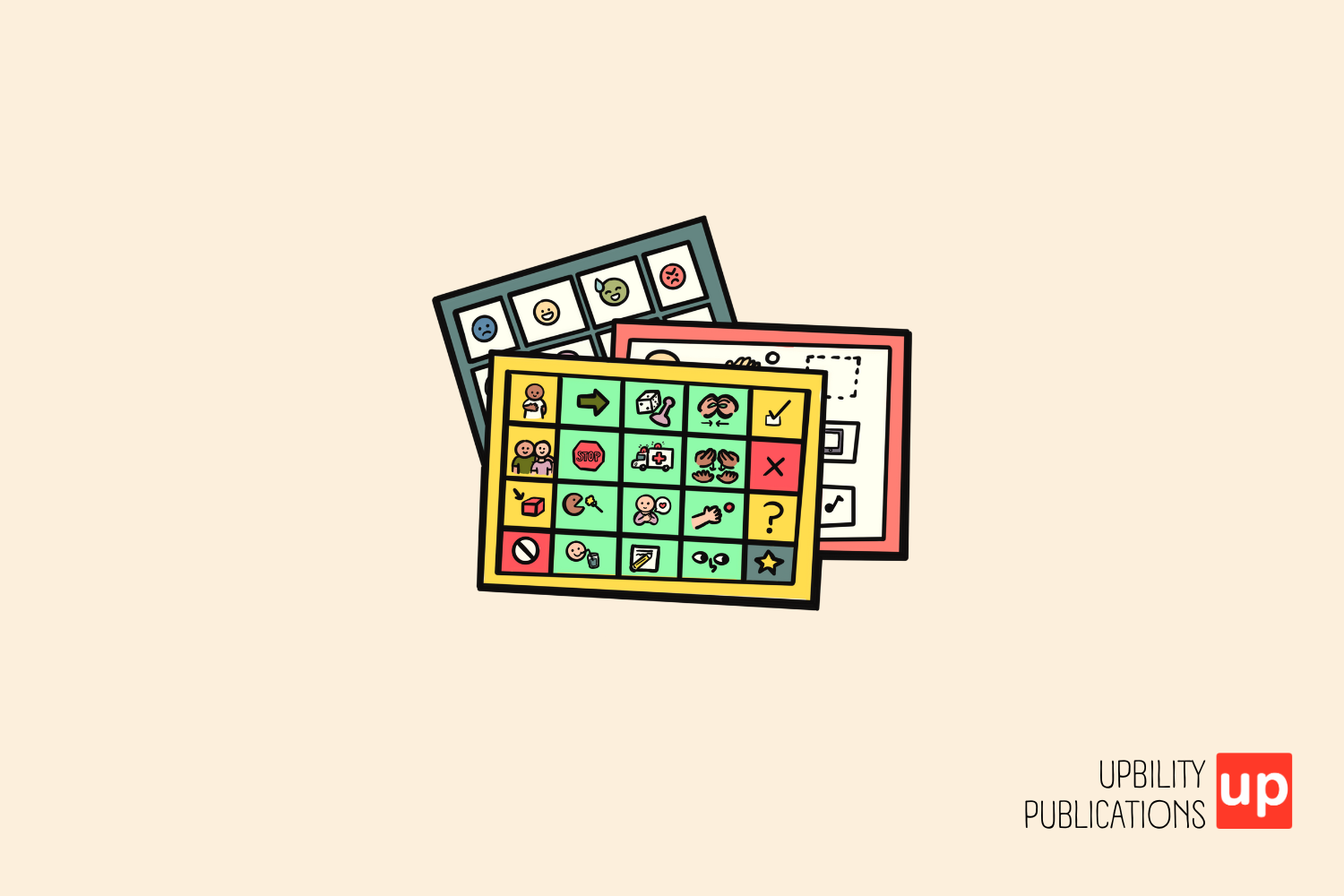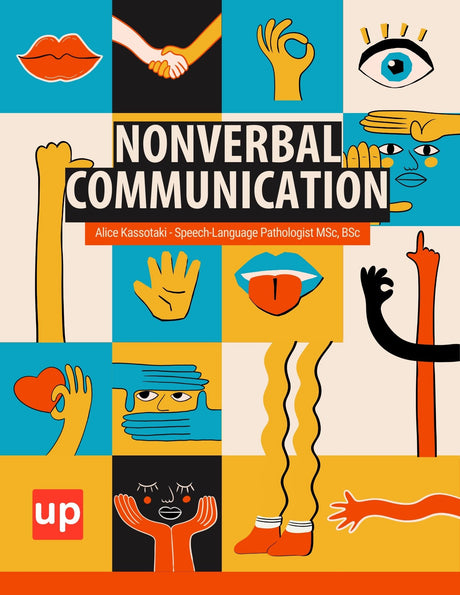A visual schedule for autism students helps provide structure and predictability through the use of pictures and symbols to represent tasks and activities. This approach is essential for reducing anxiety, building routines, and improving communication skills. In this article, we will explore how visual schedules benefit autism students, the different types available, and practical steps to create and implement an effective visual schedule.
Key Takeaways
- Visual schedules provide structure and predictability for children with autism, reducing anxiety and enhancing their daily routines.
- Tailoring visual schedules to individual needs increases engagement and communication skills, empowering children to express their preferences more effectively.
- Consistency and gradual introduction of visual schedules are key to helping children adapt and thrive, fostering confidence and independence in navigating their day.
What is a Visual Schedule for Autism Students?

A visual schedule uses pictures or symbols to represent tasks and activities. Customized images depict daily events in sequence, offering children with autism a clear and predictable format that can reduce stress and anxiety.
These schedules show daily activities in a structured sequence and may include features like checkboxes for completed tasks or velcro for moving pictures in a daily schedule, along with different activities. For example, these features enhance the organization of daily tasks.
The goal is to offer structure, consistency, and predictability, essential for autistic children. Visually presented tasks help create calmness and reduce anxiety caused by uncertainty.
Key Benefits of Visual Schedules

Visual schedules provide numerous benefits for children with autism, notably reducing anxiety by showing what comes next. Consistent use helps establish routines, providing a sense of security and reducing stress.
Visual schedules also enhance communication skills, allowing children to express their needs and preferences more effectively, especially those who struggle with verbal communication. The clarity fosters confidence and independence, as children know what to expect, improving comprehension and reducing anxiety, enhancing communication.
These schedules promote autonomy and self-management skills by enabling children to track their progress and understand upcoming activities. Familiar images and symbols make routines more predictable and less stressful.
Types of Visual Schedules

Visual schedules come in various types to cater to different needs. They can be partial, showing a few pictures, or comprehensive daily schedules. Digital schedules offer user-friendly, interactive formats for devices like smartphones and tablets.
Visuals can include touch symbols, photographs, illustrations, symbols, and written words, each aiding comprehension uniquely. Real photographs can enhance a child’s connection and understanding, making the schedule more relatable.
First-then sequences and task sequence instruction strips simplify task progression and provide clear directions for completing activities.
How to Create an Effective Visual Schedule
Creating an effective visual schedule involves assessing the child’s needs to understand their strengths, challenges, and preferences. This guides the selection of visuals and the overall design, making it more effective and engaging.
Next, gather visuals, including pictures, printed images, and digital formats. Relatable and engaging images enhance communication and make the schedule more appealing.
Finally, organize and implement the schedule by arranging activities sequentially and being flexible to accommodate spontaneous changes.
Assessing Needs
Recognizing a child’s strengths and challenges is crucial for tailoring the schedule to meet specific requirements. Understanding preferences and interests helps in selecting relatable and engaging visuals.
This initial assessment forms the foundation for designing effective and meaningful visual supports, helping the child navigate their routines with greater ease.
Gathering Visuals
Gathering the right visuals is critical. Pictures, printed images, and apps can be displayed digitally or on paper. Cardstock provides durability, and contact paper or clear packing tape can be used for a professional finish.
Simple tools like clipart and labels help tailor visual supports. Editable visual schedule templates are a great resource available for free download, allowing customization.
Incorporating the child’s special interests makes the schedule more appealing and engaging, increasing the likelihood of successful implementation.
Organizing and Implementing
Organizing and implementing a visual schedule involves arranging activities sequentially to facilitate understanding. Flexibility to visually communicate spontaneous changes ensures the schedule remains effective.
Flexibility allows for adjustments without causing confusion or anxiety. Teaching the child how to use the schedule and explaining each visual enhances understanding and engagement.
Careful organization and implementation provide structure and clarity, helping the child navigate daily activities with confidence.
Examples of Visual Schedules in Action
Visual schedules can be used in classrooms and homes. Examples include choice boards, morning schedules, and task sequence instruction strips. First-then sequences and timetables provide clear directions for transitions.
Incorporating a child’s unique interests, like using train-themed visuals for a child who loves trains, enhances engagement and motivation.
Monitoring the child’s response ensures the schedule meets their needs. Community-contributed resources offer guidance on implementing visual schedules at home, ensuring consistency and support.
Tips for Using Visual Schedules Effectively
Effective use of visual schedules requires careful planning. Introducing and explaining the schedule helps the child understand its purpose and use.
Consistency, personalization, and gradual introduction maximize the benefits of visual schedules.
Consistency
A uniform visual schedule fosters predictability, essential for children with autism. Daily use in various settings reinforces understanding and expectations, reducing anxiety and providing structure.
Personalization
Tailoring visual schedules to individual preferences ensures each child finds them relatable and engaging. Motivating visuals, like personally meaningful images, increase engagement and focus.
Personalized visual schedules with relatable visuals increase the likelihood of children engaging with the materials.
Gradual Introduction
Gradually introducing visual schedules allows children to familiarize themselves without confusion. Small steps help children adjust without feeling overwhelmed, creating a smoother transition.
Gradual introduction leads to better understanding and comfort in the learning environment.
Resources for Visual Supports

Additional resources can be found in the Autism Services Directory and through community suggestions. Visual supports can communicate choices through symbols on a board and include formats like tactile symbols, photographs, and miniatures.
The Visual Supports Starter Set includes pictures to adapt specific books. Laminating printed visual supports preserves them. Visual schedules can be printed on cardstock and laminated for durability, providing visual support for users.
First-then boards can be downloaded as a free resource. Check the terms and conditions and any associated costs before using downloaded images.
Summary
Summarize the key points discussed in the blog post. End with an inspiring note on the benefits of using visual schedules.
Frequently Asked Questions
What is a visual schedule?
A visual schedule is an engaging tool that uses pictures or symbols to outline tasks and activities, helping you to stay organized and prepared. Embrace the clarity it brings to your day!
How do visual schedules benefit children with autism?
Visual schedules are incredibly beneficial for children with autism, as they reduce anxiety and enhance communication. By providing structure and predictability in daily routines, these tools empower children to navigate their day with greater confidence and independence.
What types of visuals can be used in visual schedules?
Visual schedules can incorporate touch symbols, photographs, illustrations, symbols, and written words to effectively communicate tasks. Embrace these tools to enhance understanding and promote independence!
How can I create an effective visual schedule?
To create an effective visual schedule, first assess the child's needs and gather relevant visuals that resonate with them. Organize the schedule sequentially while allowing for flexibility to adapt to changes as they arise!
Where can I find resources for visual supports?
You can find valuable visual supports in the Autism Services Directory, community libraries, and by exploring various online platforms that offer free templates and tools. Dive into these resources and empower your journey today!
Original content from the Upbility writing team. Reproduction of this article, in whole or in part, without attribution to the publisher is prohibited.
References
-
Upbility. (n.d.). Creating Routines for Teens with Autism. Retrieved from https://upbility.net/blogs/news/creating-routines-for-teens-with-autism
-
Upbility. (n.d.). What to Say to Myself When I Feel Stressed. Retrieved from https://upbility.net/blogs/news/what-to-say-to-myself-when-i-feel-stressed
-
Upbility. (n.d.). Critical Thinking for Children with Developmental Disorders: A Strategy That Works. Retrieved from https://upbility.net/blogs/news/48373505-critical-thinking-for-children-with-developmental-disorders-a-strategy-that-works
-
Upbility. (n.d.). Stop Telling Children to Be Careful. Retrieved from https://upbility.net/blogs/news/stop-telling-children-to-be-careful
-
Upbility. (n.d.). What Am I Feeling? Retrieved from https://upbility.net/blogs/news/what-am-i-feeling
-
Autism Services Directory. (n.d.). Resources for Visual Supports. Retrieved from https://www.autism.org.uk/directory
-
TEACCH Autism Program. (n.d.). Visual Supports.









